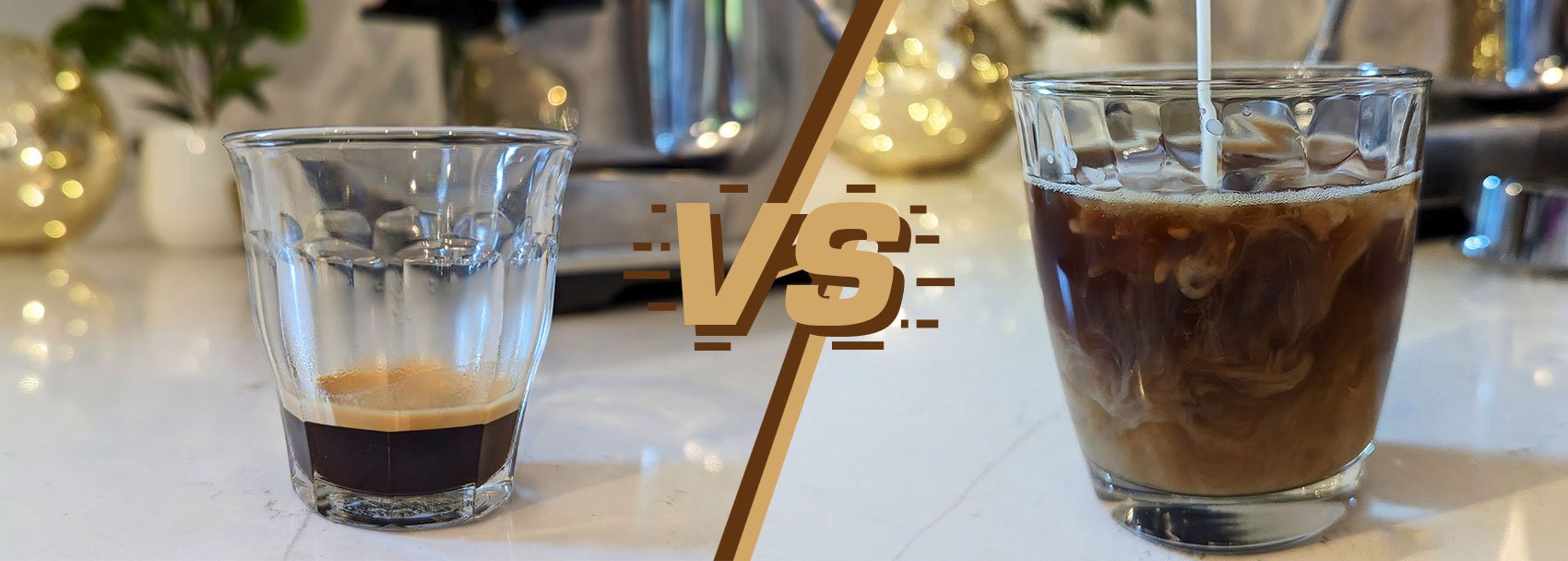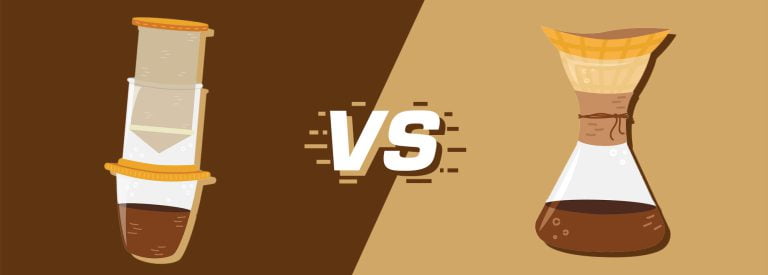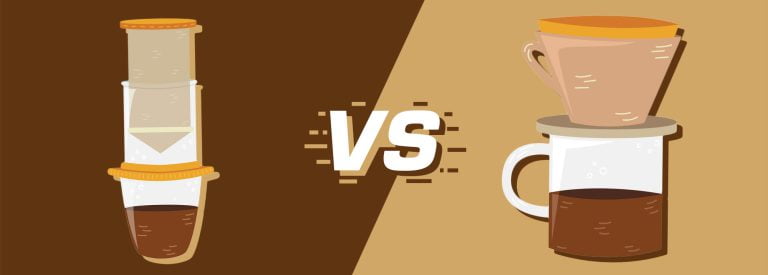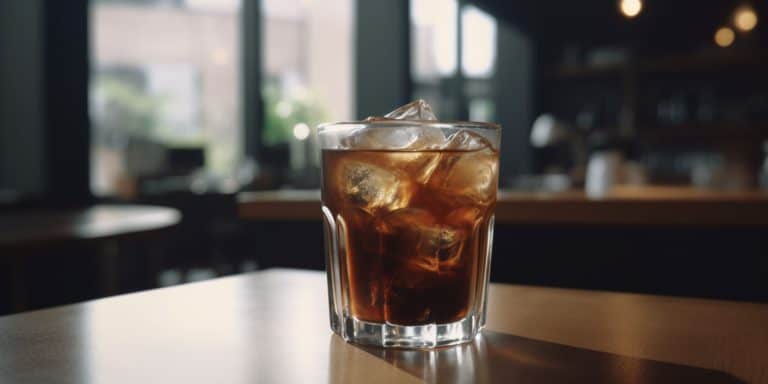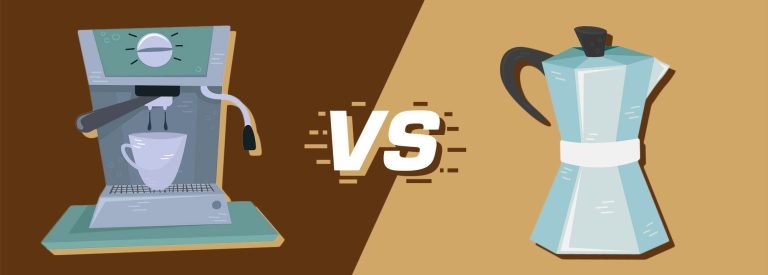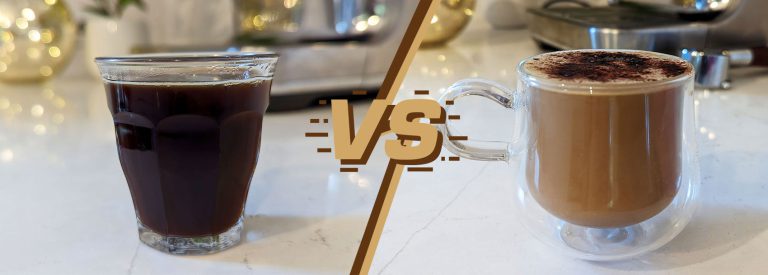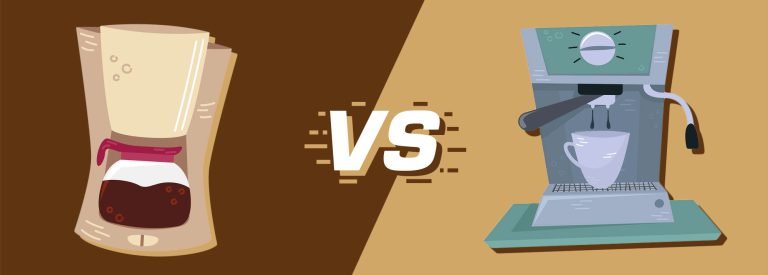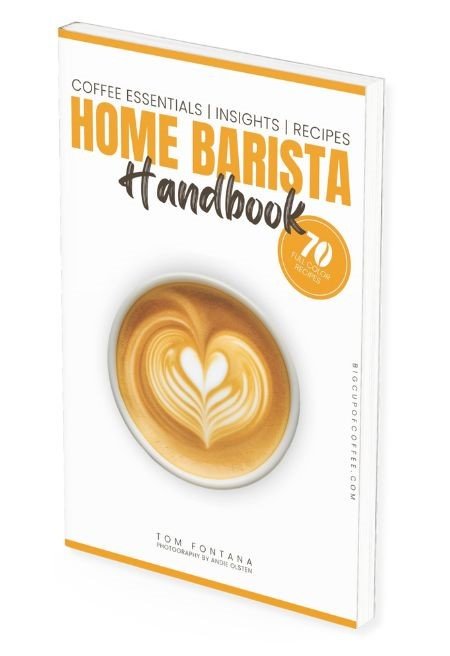Ristretto vs Cold Brew: Concentrated Espresso or Cool Immersion?
Coffee culture has exploded in popularity in the last few decades. The espresso and its variants have and always will be popular, but new brewing methods, like the cold brew, are gaining traction quickly.
In this article, I’m going to take a closer look at ristretto (an espresso variant) and the cold brew, pitting them side by side. I’ll take you through the characteristics of these coffee drinks, from their ingredients and ratios to their recipes and flavors, so by the end, you’ll know exactly how these two drinks differ.
Key takeaway: What’s the difference between a Cold Brew and a Ristretto?
The Ristretto, a shorter espresso variant, is brewed with a coffee-to-water ratio of 1:1.5 with a shorter extraction, resulting in a dense, syrupy texture with an intense, slightly sweet, and acidic flavor. On the other hand, Cold Brew is made by immersing ground coffee in room temperature water for 12-24 hours, creating a smooth, mellow, slightly sweet flavored drink that can be diluted and served in many ways, making it a versatile coffee drink.
Now let”s have a look at the details of each.
What is a Ristretto?
An espresso variant from Italy, ristretto is actually Italian for “restricted”. This refers to the limited amount of water used during brewing, resulting in a more concentrated coffee.
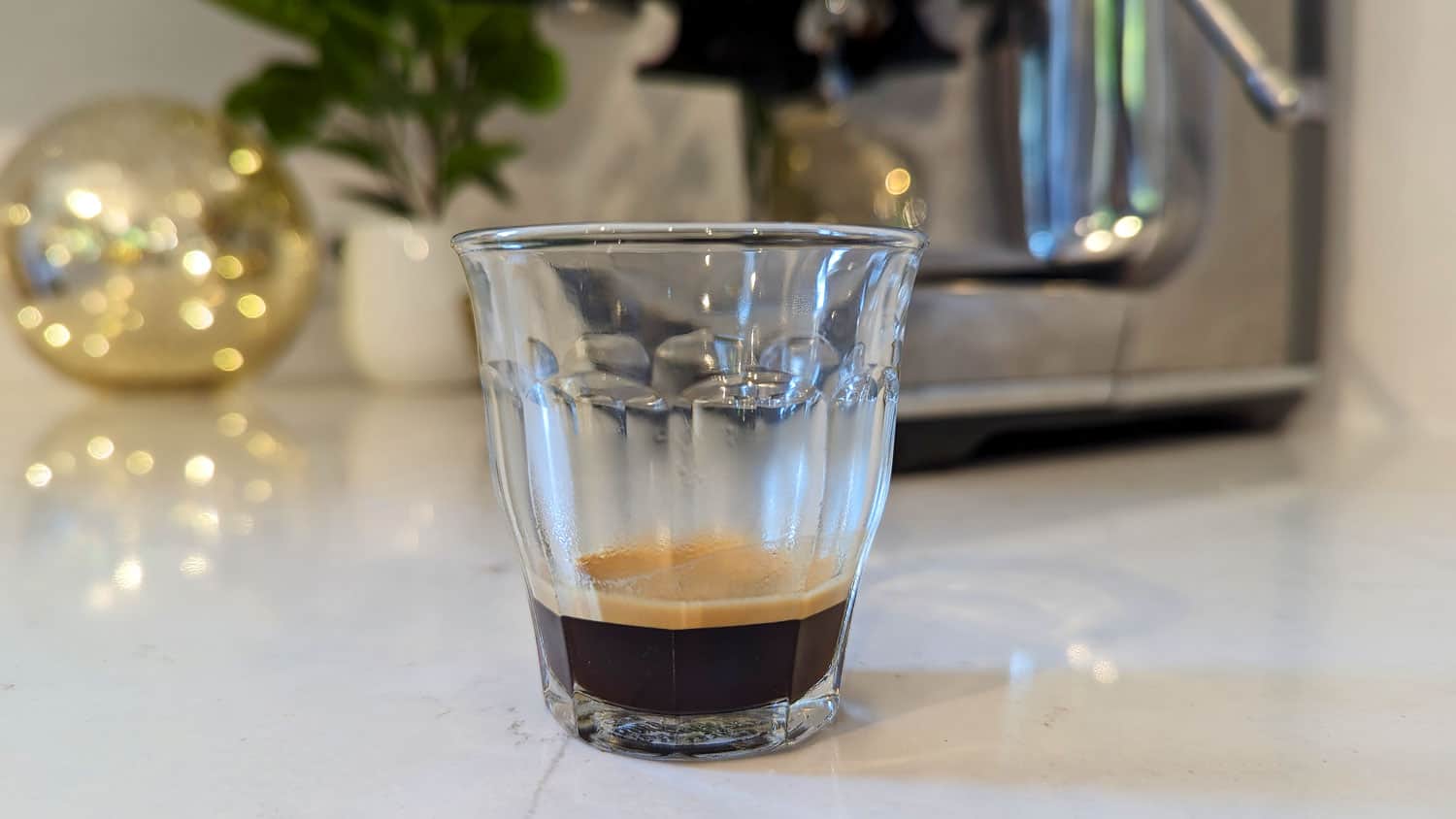
The ristretto recipe starts out as an espresso, brewing with 7g of ground coffee for a shot and 14g for a double shot. Third-wave coffee uses a bit more, 9g for a shot and 18g for a double. The difference is the coffee-to-water ratio of 1:1.5, and the shorter extraction time.
Because it has less water, a ristretto shot is only 0.7 oz (20ml) in volume, which is served in a demitasse that can hold 60–90 ml (2–3 oz). Don’t underestimate its small serving though, as each shot packs 60-80 mg of caffeine, just like a normal espresso. Meanwhile, it only has 2 calories so I just consider it calorie-free.
Ristretto serves as the more potent variant of espresso flavorwise, so expect a bolder and more intense cup. But because of the shorter extraction time, you can also taste vibrant and slightly sweet flavors with less bitterness, although it can become overly acidic with the wrong beans.
Here’s how you can make your own Ristretto:
- Grind coffee beans to your standard espresso grind size.
- Place the coffee grounds in the filter basket.
- Tamp the coffee grounds down.
- Lock the portafilter in your espresso machine and press the brew button.
- Pull a shot for just 15-18 seconds.
You can also read my detailed guide on how to make a ristretto.
I’ll discuss the cold brew next.
What is Cold Brew?
Tracing its origins back to Japan, the Cold Brew which is also known as Kyoto-style coffee has a unique brewing process that sets it apart from other methods. Instead of the usual hot water extraction, cold brew involves steeping coffee for an extended period in cold or room-temperature water.
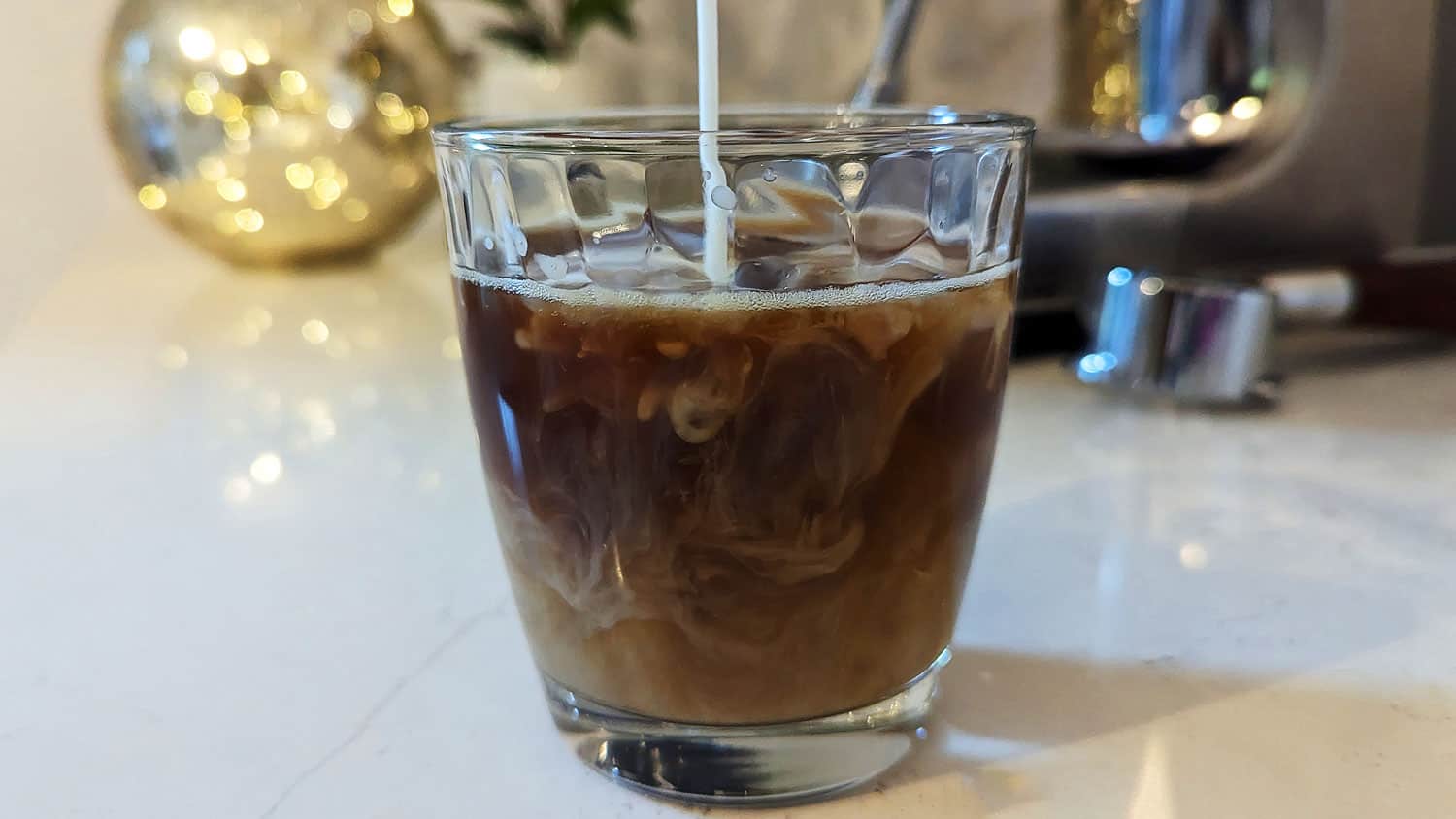
Cold brew coffee concentrate uses a coffee-to-water ratio of 1:5, which means you’ll use 100g of coffee for 500 ml of water. Once prepared, you take 1 oz (30 ml) of this concentrate and dilute it to taste before serving it in a tall or wide glass cup that has a capacity of 180-300 ml (6-10oz). You can use ice, water, milk, etc. for dilution, so the possibilities are vast.
In terms of taste, cold brew offers a smooth, mellow, and slightly sweet flavor profile. Thanks to the cold steeping process, it’s less acidic and bitter, providing a refreshing caffeinated drink that I really enjoy during hot months.
Many coffee drinkers also love to add sweeteners, or even dried orange slices to their cold brew for added flavor.
Each ounce of this concentrate contains 60-80 mg of caffeine and 4 calories.
Making cold brew is pretty straightforward. Follow these instructions:
- Measure out the coffee beans.
- Grind them coarsely.
- Measure the filtered water to meet the 1:5 ratio.
- Combine the grinds and water in a jar.
- Seal and let it steep at room temperature for 12-24 hours.
- Filter the coffee.
- Store your concentrate in the fridge.
If you want to explore more about this brewing method, read my guide on how to make cold brew coffee.
Ristretto & Cold Brew: Comparing The Two Coffees
You can get a clearer picture using this detailed comparison of ristretto and cold brew:
| Aspect | Ristretto | Cold Brew |
|---|---|---|
| Taste and Texture | Dense, syrupy texture with a vibrant, intense, slightly sweet, and acidic flavor. | Smooth, mellow, slightly sweet flavor with a refreshing and clean mouthfeel when diluted and served with ice. |
| Coffee-to-Water Ratio | 1:1.5 | 1:5 |
| Ingredient Ratio | 7g (traditional) or 9g (third wave) of ground coffee | 100g of coffee to 500ml of water |
| Typical Serving Size | 0.7 oz (20 ml) | 1 oz (30 ml) concentrate (diluted to taste) |
| Caffeine Content | 60-80 mg per shot | 60-80 mg per oz of concentrate |
| Calories | 2 calories per shot | 4 calories per oz of concentrate |
| Acidity | High | Low |
| Brewing Difficulty | Intermediate | Easy |
| Bean Roast | Medium roasts | Dark roasts |
Now, let’s break down their distinct characteristics:
- Ground Coffee Weight & Ratios: Ristretto uses 7g of coffee grounds for a single shot and 14g for a double shot, but it uses a ratio of 1:1.5. Meanwhile, a cold brew concentrate uses more water with its 1:5 ratio, so 100g of coffee grounds is used for 500ml of water.
- Taste: Ristretto is thicker and bolder than espresso with slightly sweet and acidic features while reducing the bitterness. In contrast, cold brew is smoother and more fluid with a slight sweetness. It is also less acidic and bitter.
- Volume, Calories, & Caffeine: A ristretto is served in a small volume of 0.7 oz (20 ml) per shot, while cold brew combines a 1 oz concentrate with water or milk to be diluted. Both have 60-80mg of caffeine and almost no calorie content (2 calories for ristretto and 4 for cold brew).
- Bean Roast: For Ristretto, medium roasts strike the right balance between intensity and sweetness. Cold brew, however, leans towards dark roasts for their rich, earthy flavors.
- Serving Suggestions: Ristretto, with its concentrated flavors, pairs well with small treats like chocolate truffles and cookies. Because of its small serving, I like sipping one after a big meal. Cold Brew is more versatile and can be enjoyed black with ice or mixed with milk, sweeteners, and even heated up and used as an espresso-style drink.
In essence, while both drinks offer unique experiences, they’re really far apart in terms of preparation, taste, and serving style. I enjoy both the ristretto and cold brew, and I wouldn’t even be able to say that I like one more than the other. The intense, syrupy shot of ristretto is great after a large meal, but the cold brew is so versatile, I pretty much always have some in my fridge.
Do you have a personal preference? Share your thoughts in the comments section below.

